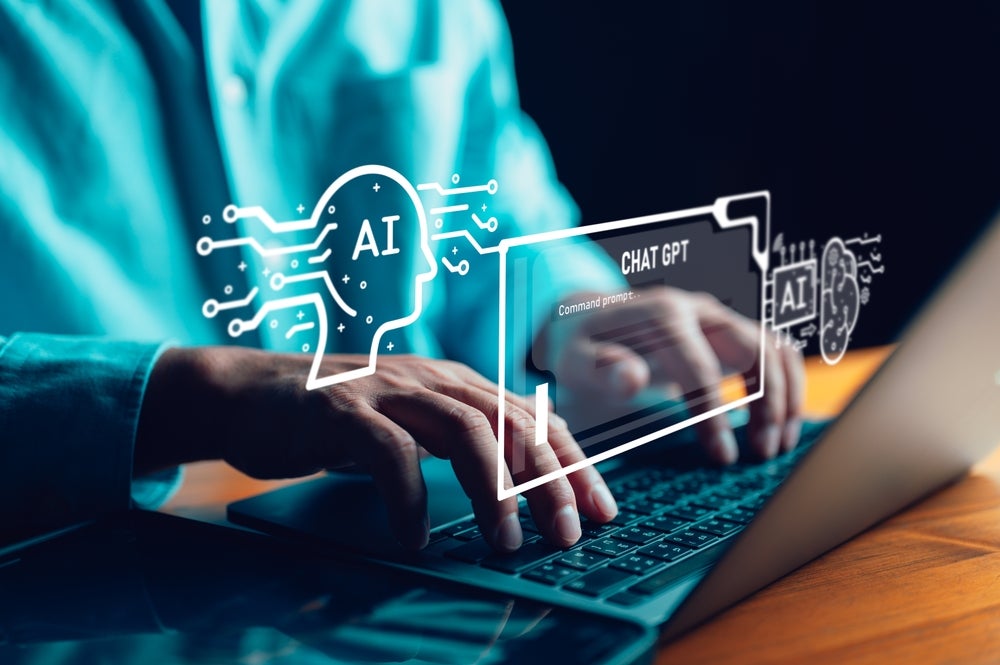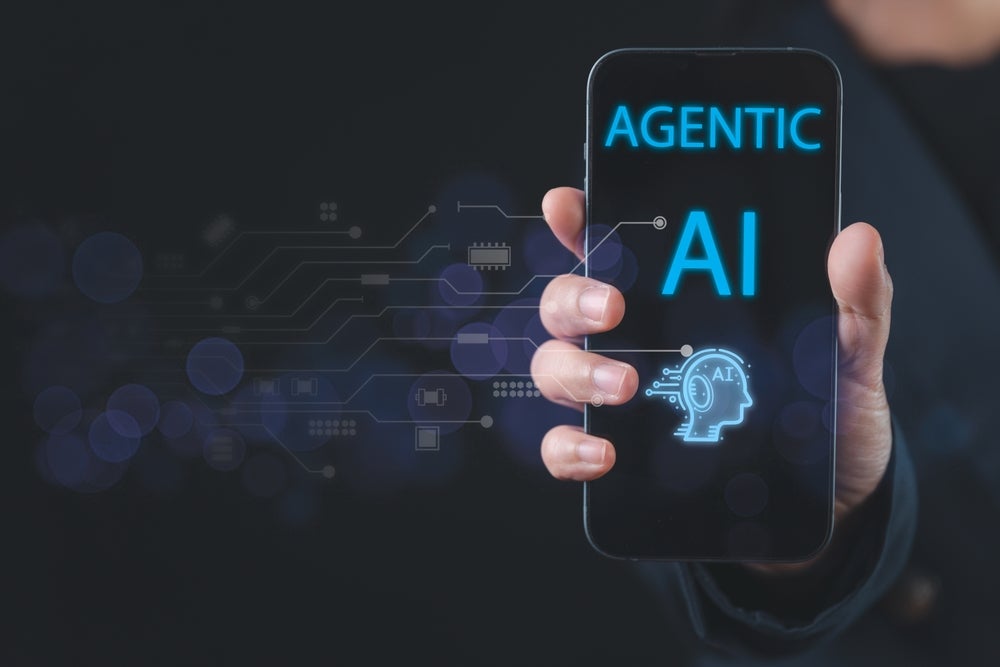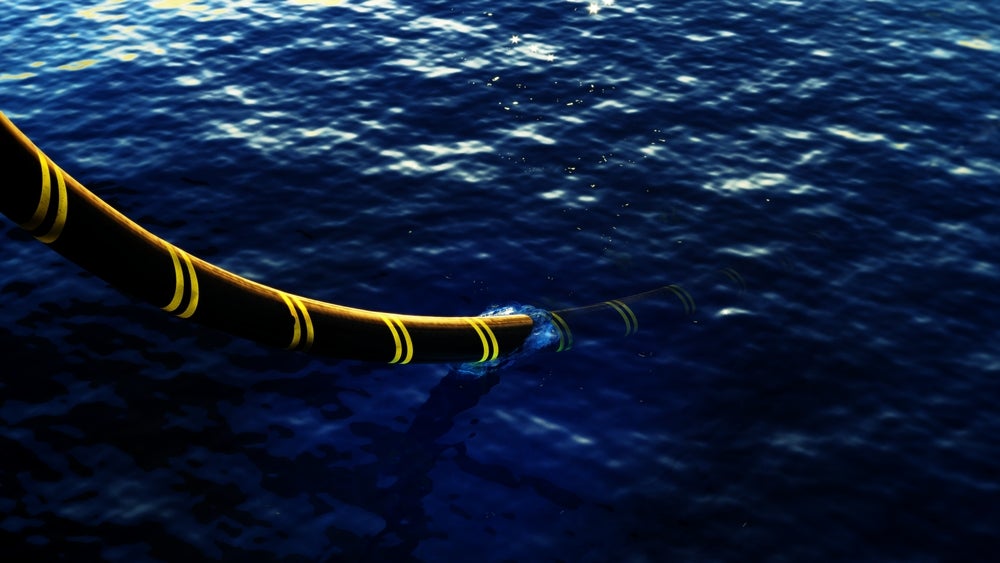Electronic Arts has filed a patent for a periodic autoencoder, a neural network architecture that can learn periodic features from unstructured motion datasets. The autoencoder can generate a general motion manifold structure using local periodicity of movement, capturing spatial and temporal data associated with character movements in video games. The patent also describes a computer-implemented method for motion matching and rendering character poses in an electronic game. GlobalData’s report on Electronic Arts gives a 360-degree view of the company including its patenting strategy. Buy the report here.

Access deeper industry intelligence
Experience unmatched clarity with a single platform that combines unique data, AI, and human expertise.
According to GlobalData’s company profile on Electronic Arts, Location-based parallel gaming was a key innovation area identified from patents. Electronic Arts's grant share as of September 2023 was 72%. Grant share is based on the ratio of number of grants to total number of patents.
A computer-implemented method for motion matching in video games
A recently filed patent (Publication Number: US20230310998A1) describes a computer-implemented method for generating character animations in electronic games. The method involves accessing animation control information for a first frame of the game, which includes the initial pose of an in-game character. A motion matching process is then executed using a motion phase manifold, which consists of multiple local motion phase channels that contain spatial and temporal data for character movement. This process results in a set of matched local poses.
To determine the appropriate local pose for each local motion phase channel, motion matching criteria are established by comparing the local motion phase to animation data for the corresponding channel. The selected local poses are used to generate a second pose for the character model in the next frame of the game. Second animation control information is computed for this frame, and the second character pose is rendered within the in-game environment based on this information.
The method also involves associating multiple local motion phase channels with the in-game character, where each channel represents phase information associated with the character's pose and its interaction with the environment. These channels are represented by two-dimensional vectors encoded with local motion phase characteristics such as phase, frequency, and amplitude. The selection of local poses is performed using a nearest neighbor search, comparing the two-dimensional vector of the local motion phase channel to vectors of local poses in the animation data.
The motion matching criteria also involve identifying the motion type associated with the second pose of the character. This helps in determining a subset of animation data that corresponds to the specific motion type. The generation of the second pose involves blending the matched local poses with a global pose.
The patent also describes a system that implements this method. The system includes one or more processors and computer storage media with instructions for performing the operations described above. The system can associate local motion phase channels with the in-game character, representing phase information associated with contacts of rigid bodies or external objects that can be interacted with by the character.
Overall, this patent presents a computer-implemented method and system for generating character animations in electronic games using motion matching and local motion phase channels. The method aims to improve the realism and responsiveness of character movements within the game environment.
To know more about GlobalData’s detailed insights on Electronic Arts, buy the report here.
Data Insights
From

The gold standard of business intelligence.
Blending expert knowledge with cutting-edge technology, GlobalData’s unrivalled proprietary data will enable you to decode what’s happening in your market. You can make better informed decisions and gain a future-proof advantage over your competitors.







